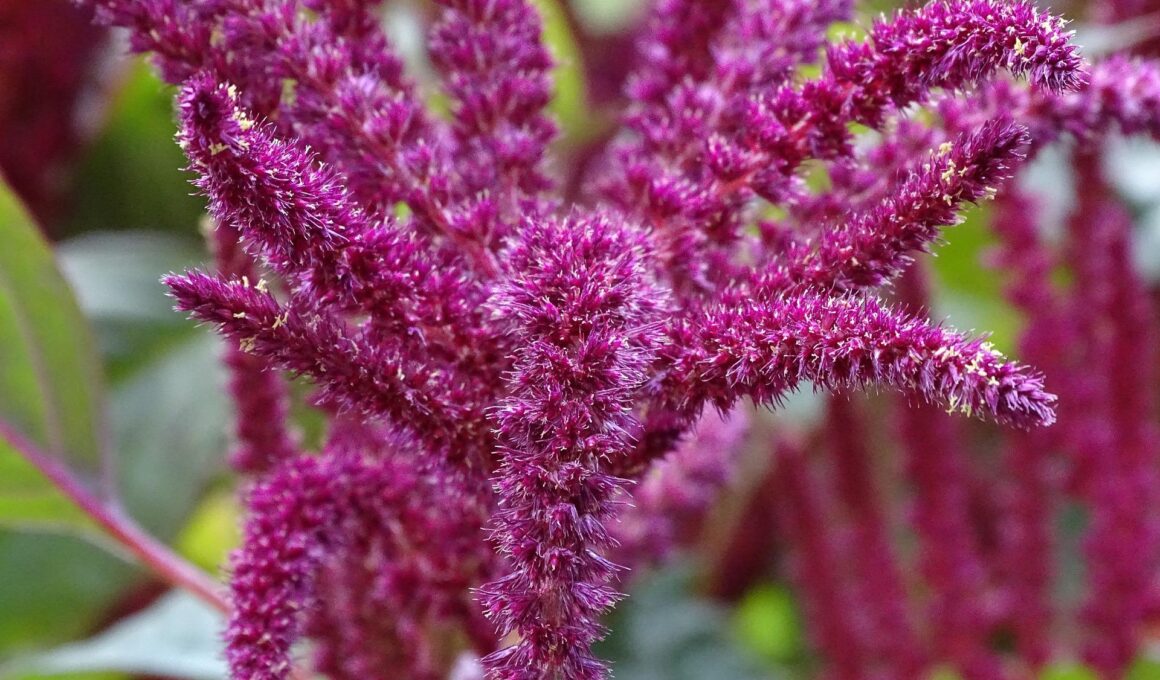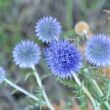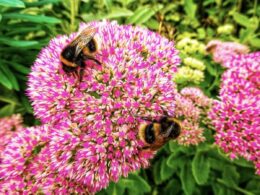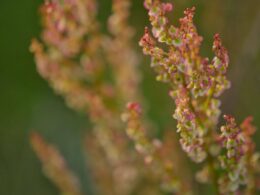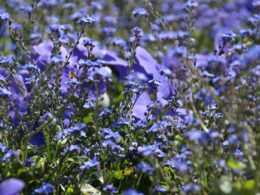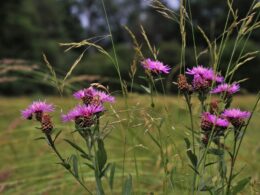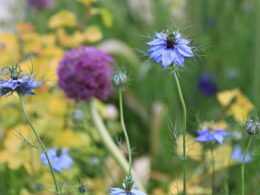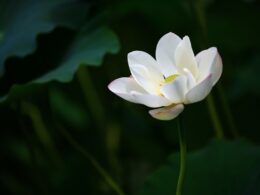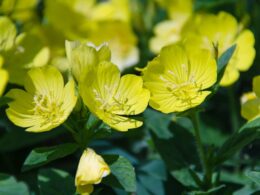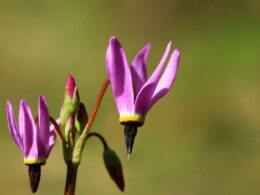In this post, we’ll share some tips on how to grow amaranthus and provide you with some ideas for using these beautiful flowers in your home decor. So what are you waiting for? Start planting your amaranth flower!
Amaranth Flower – General Information
The amaranth is a genus of annual or short-lived perennial plants commonly known as amaranths. The name refers to the often brightly colored flowers of some species. They are distributed throughout the tropical and subtropical regions of the world, but several species are cultivated as ornamental plants worldwide. The majority of the Amaranthus species are annual weeds and are commonly known as a pigweed. Densely packed flowers bloom during the summer or fall. There are many subspecies and cultivars of Amaranthus plants.
Amaranth flower is a herbaceous plant or small shrub that grows to between 2 and 8 feet tall. The leaves are variable in shape, but are generally oval with serrated edges. The flowers are small and borne in clusters. The fruit is a tiny capsule containing seeds.
Amaranth is often grown as an ornamental plant, but it can also be used for culinary purposes. The leaves and stems can be eaten cooked or raw, and the seeds can be ground into a flour.
Types of Amaranthus Species
Amaranth is a large group of plants that includes many different species. Some amaranth species are grown for their edible leaves, while others are grown for their seeds. Amaranth leaves can be cooked and eaten like spinach, and the seeds can be ground into flour or used as a cereal. Some of the most popular species include:
- Amaranthus caudatus, also known as a love lies bleeding or red amaranth, is an annual plant with long, drooping red flowers.
- Amaranthus cruentus, also known as a blood amaranth or purple amaranth, is an annual plant with deep purple or red flowers, cultivated and harvested as a source of grain. They’re used in a lot of different cuisines, and they have a nutty flavor that goes well with many different dishes.
- Amaranthus hybridus, also known as a green amaranth or edible amaranth, is an annual plant with green or yellow flowers, cultivated for its edible leaves (when cooked).
- Amaranthus spinosus, also known as a spiny amaranth, is native to the tropical parts of America, and was historically used as a green dye.
Growing Amaranth Flowers – Planting, Soil and Sunlight Needs
Amaranth flower is relatively easy to grow and care for. They need full sun to partial shade in order to thrive. The plant also prefers rich, well-drained soil that is high in organic matter. Amaranth will grow in most soil types as long as the drainage is good.
To plant amaranth, start by tilling or digging the soil to a depth of 12 inches. Amend the soil with compost or manure if necessary to improve drainage and fertility. Sow amaranth seeds in early spring, after all danger of frost has passed. Sow the seeds half inch deep and 18 inches apart in rows. Thin the seedlings to 12 inches apart when they are 4-6 inches tall.
Amaranth flowers are heavy feeders and will benefit from being fertilized regularly. Apply a balanced fertilizer once a month during the growing season. Water amaranth plants deeply and regularly to keep the soil moist but not soggy.
Amaranth flower is an annual and will only last one season. In frost-free areas, amaranth can be sown in late summer or early fall for a winter bloom. The plants will flower best when they are not crowded, so make sure to thin them out as needed.
Amaranth Flower – Watering, Harvesting, Common Pests and Diseases
Amaranth flower is a hardy annual plant that blooms profusely from early summer to first frost. The plant grows best in full sun and well-drained soil, and can reach up to 8 feet tall. Water an amaranth flower regularly, especially during dry periods, to keep the soil moist but not soggy. Fertilize the plant every two weeks with a balanced fertilizer. Deadhead spent flowers to encourage continued blooming.
Amaranth is relatively pest and disease free, but can be susceptible to powdery mildew and rust if grown in humid conditions. These fungal diseases can be controlled with fungicide sprays. Aphids and whiteflies may also attack the plant, but can be controlled with insecticidal soap or neem oil.
Harvest amaranth flowers when they are in full bloom. Cut the stems long, and place them in a vase of water immediately. The bouquet will last up to two weeks in a vase. Amaranth can also be dried for floral arrangements or crafts. Hang the stems upside down in a dark, dry place until the flowers are completely dried out. Store the dried flowers in an airtight container.
Amaranth flower is a beautiful and unique bloom that add a touch of elegance to any setting. Now you know how to grow it in your garden. Thanks for reading!





